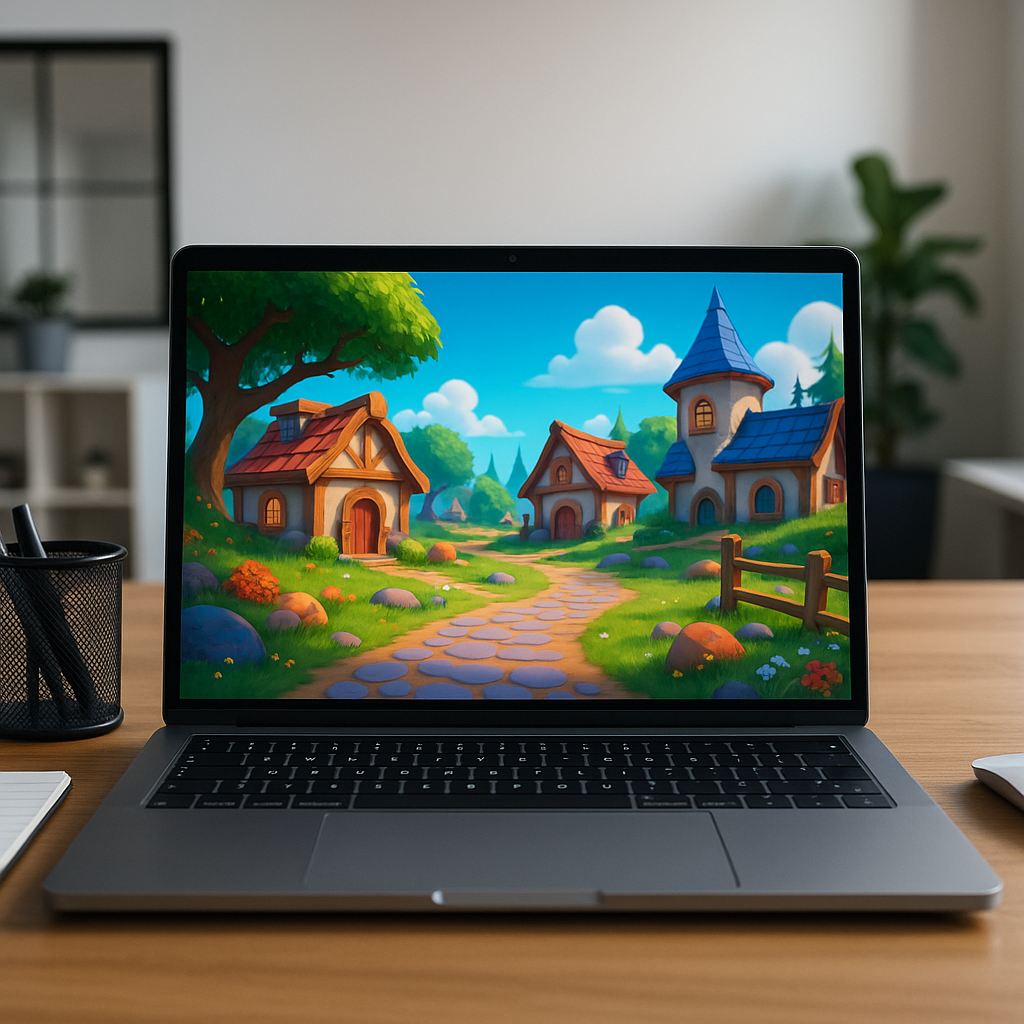Super app architecture has the power to transform our digital serviceinteractions today. These platforms show an impressive27.8% annual growth rate,with one-third of people already using them as their standard way to handledigital tasks.Super apps work as multi-functional platforms that blend messaging, shopping,and payments into one ecosystem. WeChat and Alipay demonstrated the concept’ssuccess first in Asia. Now the West seems to want to follow suit with consumersexpressing interest in these integrated platforms. Businesses can createdetailed digital experiences through these apps, though development costs canrange from $65,000 to $300,000.Let’s take a closer look at designing and building effective super apps thatbalance functionality with user experience. Our focus will cover user needs,core components, smooth experiences, and real-world success stories.UNDERSTANDING SUPER APP USER NEEDS> “You cannot understand good design if you do not understand people.”> > Dieter Rams > > German industrial designerBuilding a successful super app needs a clear understanding of how users behaveand what their priorities are. Research shows that super apps let users accesson a single platformmultiple services including messaging, payments, e-commerce,and deliveries . These appsuse smartphones to help connect different user groups who want physical anddigital products.USER BEHAVIOR ANALYSISProduct development teams need to know how users interact with super apps.UnderArmor found through ground user data that their race training plans neededbetter user participation.Their team reviewed user behavior patterns and updated the plans with differentgoals. These goals ranged from simple running to cardiovascular fitness.Super apps give valuable insights into user habits and priorities. Product teamscan track performance metrics through data collection and visualization toimprove user experience. These insights lead to better decisions about productupgrades and state-of-the-art features.KEY PAIN POINTSSuper apps offer convenience but don’t deal very well with several challenges.Users often face decision-making paralysis due to cluttered interfaces. Too manyflyout and drop-down submenus can make customers leave the platform.Managing sensitive user data and payment information presents another bigchallenge. The large attack surface and high volume of financial transactionsmean we needresilient security measures.Older users also show resistance when it comes to trying new features.FEATURE PRIORITIZATIONSuper apps must use strategic feature selection to handle these challenges.TheRICE methodreviews features using four main criteria: Reach (user coverage), Impact(feature effectiveness), Confidence (data certainty), and Effort (resourcerequirements).Product managers can also use the Kano Model to group features into: * Must-be features: Everything in the app that makes it work * Satisfiers: Features needing high-quality implementation * Exciters: Elements that improve user experience but aren’t vital * Indifferent features: Interesting additions that don’t affect project successThe right feature selection helps super apps develop functions that line upwithbusiness goals and user needs. This approachleads to better resource use and faster delivery of features that make thebiggest difference in the market.ESSENTIAL SUPER APP COMPONENTSA successful super app’s foundation rests on a well-laid-out architecture thatmerges multiple services naturally. These platforms begin with astrong coreservice that attracts users before they branch into other offerings.CORE SERVICE MODULESFour primary layers work together to form a super app’s foundation. The clientlayer manages user interactions, while the gateway layer handles incomingrequests. The service layer processes core functionalities andconnects to thedata layer where information gets stored and retrieved.Infrastructure platforms act as the backbone to create efficient production anddeployment paths. Business capability platforms make existing functionsavailable for new product integrations. These platforms scale automaticallybased on traffic needs and cloud-native architecture.Super apps need these key components to run smoothly: * API Gateway: Controls authentication and manages service routing * Service-oriented Architecture: Separates functionality into reusable components * Cloud Infrastructure: Makes deployment and scaling betterPAYMENT SYSTEMSPayment functionality serves as a crucial component in super apps and providescomplete solutions for financial transactions. The systems handle instantpayments, QR code transactions, and utility bill payments. Users can make andsend money across borders with competitive exchange rates inreal-time domestictransfers.Super apps’ payment architecture puts security and convenience first. Usersenter their payment details just once to create aunified payment experienceacross services . This quickapproach boosts transaction conversion rates and keeps users coming back.The payment systems gather valuable data from user interactions to learn aboutconsumer behavior and priorities. Super apps analyze this information to predictuser needs and deliver customized financial solutions.CREATING SEAMLESS USER EXPERIENCES> “A user interface is well—designed when the program behaves exactly how the> user thought it would.”> > Joel Spolsky > > and> co-founder of Stack OverflowA great user experience lies at the heart of successful super app development.Smart design and implementation help build user-friendly interactions that keepusers satisfied.ONBOARDING FLOWSNew users need a clear path to see value in super apps. Progressive onboardingreveals features step by step asusers learn to use the platform. This approach introducesfunctionality at the right moments instead of overwhelming users with longtutorials. The learning process becomes more natural.Super apps use three key onboarding strategies: * Function-oriented flows that highlight essential features * Benefits-oriented approaches showcasing value propositions * Interactive walkthroughs with gamified elementsCROSS-SERVICE NAVIGATIONSmooth movement between services shapes the super app experience.Cross-application navigation lets usersswitch between different functionswithout losing context or going back to the home screen.Building this fluid transition needs careful attention to user interface designand information architecture.Super apps create smooth navigation through: * Unified interfaces with consistent brand elements * Clear hierarchies in menu structures * Quick search capabilities optimized for mobile usePERSONALIZATION OPTIONSSuper apps excel at adapting experiences to individual priorities. Theseplatforms build uniquely customized experiences byanalyzing user behaviorpatterns and interaction data.AI algorithms help predict user needs and suggest relevant options based on pastactivities.The system learns user patterns. When someone books rides every Monday morning,it suggests scheduling options with the best pricing and routes. Loyaltyprograms work across services toencourage users to stay within the ecosystem.Personalization includes more than just recommendations: * Customizable dashboards showing favorite services * Tailored financial insights and spending analysis * Biometric authentication options for quick accessSUPER APP SUCCESS STORIESTwo notable examples show how super app architecture creates lasting effectsthrough smart design and customer-focused strategies.WECHAT’S DESIGN DEVELOPMENTWeChat transformed from a messaging platform into China’s leading super app,which shows strategic innovation at work. The platform started in 2011 and tooka unique approach. It created internal competition with its sibling platform QQto promote faster innovation that adapted to user needs.WeChat created a unique business model focused on service integration ratherthan advertising revenue. Users see only two ads per day in their Moments feedbecause the platform values user experience more than quick profits. Thisstrategy helped WeChat grow to over 1.3 billion monthly active users.Mini-programs became WeChat’s breakthrough innovation. These lightweightapplications let businesses of all sizes compete inside WeChat and create athriving service ecosystem. WeChat now has3.5 million mini-programs thatgenerated transactions worth 2.7 trillion RMB.GRAB’S INTUITIVE APPROACHGrab shows how understanding local market needs leads to super app success. Theplatform operates in 428 cities across eight countries and leads SoutheastAsia’s super app market. Grab dominates the region by solving local challenges,controlling in Southeast Asia72% of ride-hailing and 50% of online food deliveryservices.The platform succeeds because it builds trust and safety features forfast-growing urban markets. Grab employs advanced data analytics to improveservice delivery with features like: * Trip monitoring technology that alerts route deviations * Telemetric crash detection with emergency response * AI-powered delivery partner matching based on location and traffic patternsThis customer-focused strategy helped Grab boost user engagement significantly.The number of users who use multiple services grew five times in two years. Theplatform’s service integration creates a self-sustaining ecosystem whereincreased consumer spending creates more opportunities for merchant and driverpartners.WHERE TO NEXT?Super apps mark a transformation in how digital services reach users, and theirquick growth shows they’re here to stay. WeChat and Grab have proven that thesecomplex platforms can succeed when they focus on what users need.The success of any super app depends on three vital elements. A resilientinfrastructure forms the foundation. Smooth payment systems and user-focusedexperiences complete the package. These elements create a platform users trustand keep coming back to.Super apps continue to gain acceptance in markets worldwide. Companies thatblend features smartly, make navigation intuitive, and tailor experiences tousers have the best shot at success. My examples show how starting with strongcore features and growing based on user insights leads to steady expansion.Building a winning super app needs deep expertise and detailed planning.Companies should team up with developers who grasp both technical needs and userexperience basics to achieve lasting success.

Super App Design: Balancing Functionality and User Experience
Posted Date:





